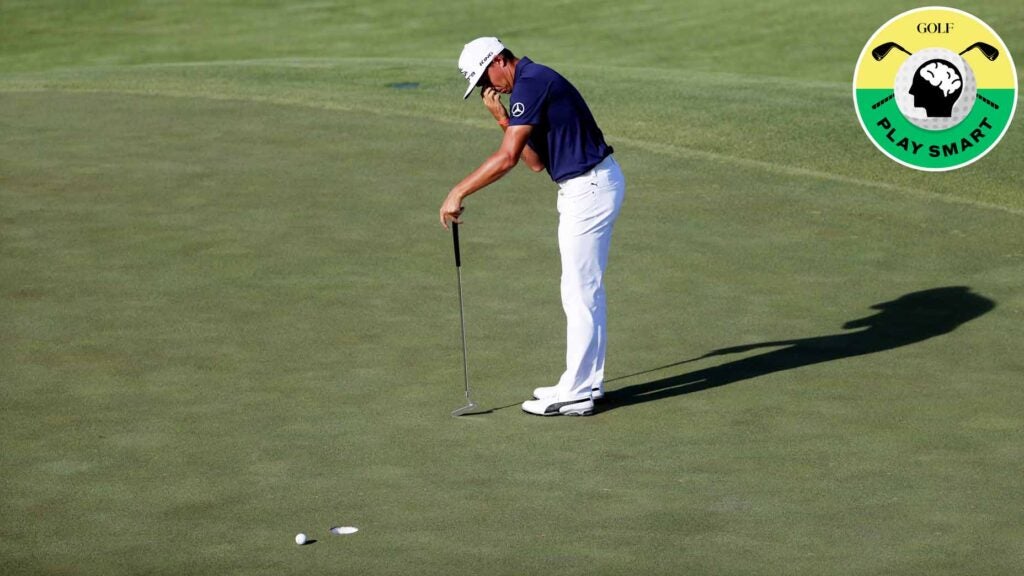Welcome to Play Smart, a regular GOLF.com game-improvement column that will help you play smarter, better golf.
There’s no substitute for being a reliable putter. With a hot flatstick, you can make birdies, save pars, and even erase mistakes. As legendary teacher Harvey Penick once said, “Sinking putts makes your confidence soar, and it devastates your opponent. A good putter is a match for anyone. A bad putter is a match for no one.”
Pros understand this fact well, and they make tons of putts. Last season, PGA Tour pros made 87.87% of their putts inside 10 feet. Inside 5 feet, that number jumps to 96.85%. While it’s true that pros do everything well, their ability with a putter in their hands is what makes them some of the best golfers in the world.
So, why are pros so good at putting? It all starts with clubface control.
Why golfers miss putts
At a recent coaches camp hosted by GOLF Top 100 Teacher Andrew Rice, sports biomechanics professor (and golf science guru) Sasho MacKenzie made a presentation on what causes missed putts. And while stroke path and speed have some impact on the way the ball rolls, the biggest factor in missing straight putts is improper face angle.
According to MacKenzie’s research, golfers have only a .7 degree margin of error with their face angle when it comes to a straight 12-foot putt. If your putter face is open or closed by more than .7 degrees, it will result in a missed putt.
At the same time, stroke path has a surprisingly minuscule impact on whether or not you make the same straight 12-footer. For you to miss the putt, your stroke path has to be off by more than 3.5 degrees.
What does this mean? Well, when you’re practicing, don’t get too obsessed with your stroke path. Instead, focus more on keeping the clubface square. As MacKenzie’s research shows us, the face angle has more to do with whether or not you make a putt than anything else.

